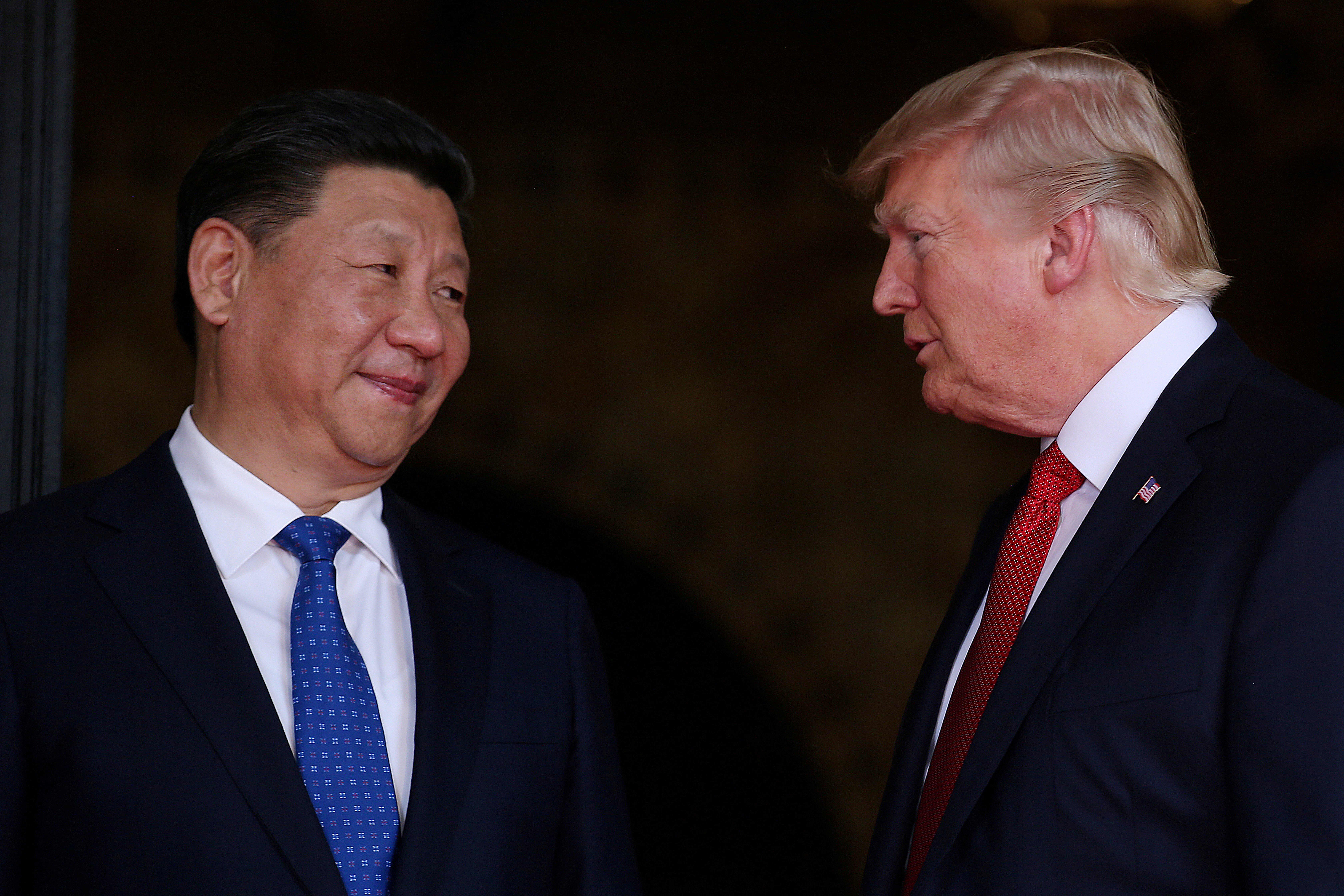Stocks could have a hard time charging ahead until the Trump administration clarifies whether it will impose new tariffs on China on Dec. 15.
The market has had a countdown clock set to that date, but now it is even more in focus as progress appears to have slowed in talks with China. In addition, President Donald Trump on Monday said he would put tariffs on steel and aluminum exports from Brazil and Argentina, claiming the two countries have been devaluing their currencies.
“In order for the market to break through to new highs, we need resolution on trade, especially U.S.-China trade,” said Michael Arone, chief investment strategist at State Street Global Advisors. “I think you can see that each time the market makes new all-time highs, trade tensions escalate and markets become more volatile and sell off. That happened in May, and August, and now in the last couple of days. It’s become a vicious cycle.”
Stocks have had a rocky start to the month of December, with the biggest decline in nearly two months after ISM manufacturing data missed estimates. The sting from the weak report was even worse since economists have been looking for that number to show that the manufacturing downturn has bottomed. But instead it fell to 48.1, a deeper contraction that the 48.3 in October, and the new orders index was at its lowest since April, 2009.
Commerce Secretary Wilbur Ross said in an interview Monday that the U.S. would go ahead on tariffs on another wave of Chinese goods if there was not deal with China by Dec. 15.
The S&P 500 immediately gave up gains and fell hard, losing about 30 points at its low after the 10 a.m. ET ISM report. Manufacturing has been the sector hardest hit by the global trade war, though China’s PMI showed improvement over night. Stock futures were higher ahead of the market open on the Caixin purchasing managers index, which rose to 51.8. A reading above 50 shows expansion.
“The ISM today was just a reminder that things remain quite uncertain and certainly the decision today on steel tariffs is another reminder of that, and I think that is going to continue to weigh on the economy,” said Lewis Alexander, chief U.S. economist at Nomura.
Strategists expect December to be a good month for stocks, as it normally has been, unlike last December. Many strategists have been expecting a slight pullback before the market rides higher into the end of the year. The S&P 500 gained 3.4% in November and more than 25% for the year so far.
“I do think much of December’s action is going to hinge on the trade decision and the headlines and certainly the 15th is the date that is going to overhang the market until there’s some sort of definitive news,” said Arone. “To me, the bigger picture here is share prices reflect that next year will be better for manufacturing, better for global profits … on the back of a better trade environment. News today that you’re tariffing Argentina and Brazil means to me that investors built in too much optimism that trade won’t be an issue in 2020.”
Analysts said they expect some sort of trade deal that halts the next round of tariffs on Chinese goods by Dec. 15, the date the tariffs are expected to take effect. But it’s not clear whether the U.S. will agree to roll back any existing tariffs as requested by China. Also unclear is how much China will do on intellectual property.
“This is the kind of thing none of us can predict,” said Ed Keon, chief investment officer at QMA. “It’s really complete speculation. It’s hard to invest money based on something that may have an affect on the market. … When we think about this whole year, many times we talked about trade or tariffs and we’re still up 25%.”
But now that the talks are coming down to the wire, the market gains could be more constrained. “My guess is it will be hard to get a big run up until the deadline passes,” said Keon. “I still think we’ll be higher in December when all is said and done.”
Keon said he expects manufacturing to bottom soon, and noted the positive news from China was encouraging. But a trade deal is still needed.
“There was a sense just a week ago, that a phase one deal was in the bag, and now certainly there is some question about it,” he said.
Keon said the market may be expecting too much to be included in any trade deal, since the U.S. says it is negotiating a first phase of a deal, while Chinese officials do not mention phases.
Strategists the tariffs on Brazil and Argentina are a reminder that Trump can act at any time on tariffs. The U.S. Trade Representative’s office Monday said it would review the possibility of raising tariffs on European Union products and applying tariffs to more products due to a dispute over aircraft subsidies.
“It’s not likely to me that they’re doing much to manipulate their currencies. Their currencies are going down due to market forces,” Keon said. He said Trump may be reacting to increased agriculture sales by Brazil and Argentina to China. “I think Brazil is our biggest competitor in soy beans to China.”
.
